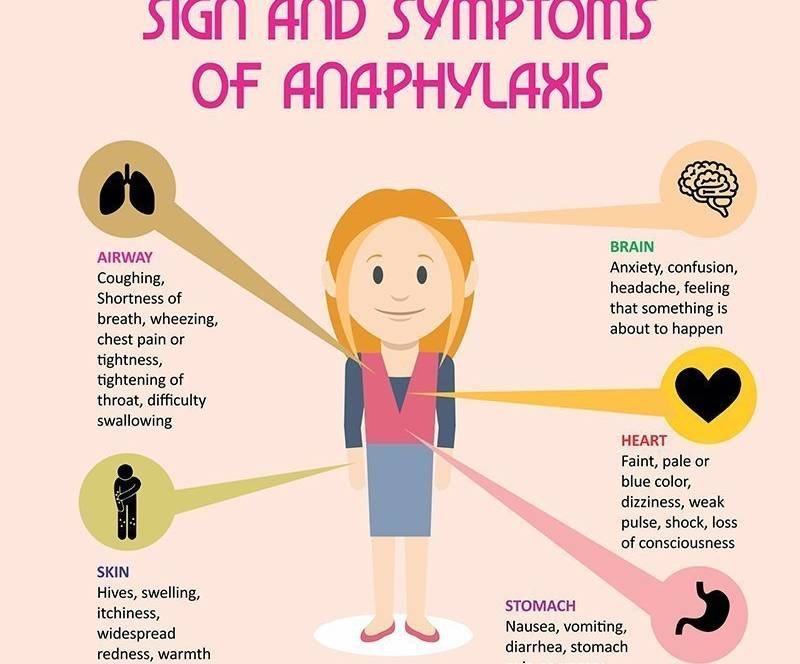Hypersensitivity pneumonitis is an immune system disorder in which the child’s small air sacs of the lungs (alveoli) become inflamed to an allergic reaction to inhaled microorganisms, plant and animal proteins or chemicals. Hypersensitivity pneumonitis is a type of interstitial lung disease in children or ChILD.
What causes hypersensitivity pneumonitis?
Hypersensitivity pneumonitis happens in children is caused by breathing in certain substances in the environment, such as molds or fungal spores, pigeon droppings, etc. These substances trigger the immune system and cause inflammation in the lungs.

What are the symptoms of hypersensitivity pneumonitis in children?
Symptoms of hypersensitivity pneumonitis in children usually develop over a few months but can develop quickly over a few days or slowly over years. Children with hypersensitivity pneumonitis develop progressive gradual onset of shortness of breath. This can initially be only on exertion or physical activity, but later it becomes throughout the day. Children can develop breathing difficulty and later might develop low oxygen levels. Cough, fever and malaise can be other symptoms of hypersensitivity pneumonitis in children. As the symptoms of hypersensitivity pneumonitis in children are non-specific it can be confused with other common respiratory diseases like asthma, pneumonia, tuberculosis etc.
How do we make a diagnosis of hypersensitivity pneumonitis in children?
The diagnosis of hypersensitivity pneumonitis is complex. It is based on the child’s symptoms (including exposure to a known allergen), physical examination, Xray chest, CT Chest results, serum precipitins and lung biopsy. There is no single diagnostic test. CT scan of the chest is the most useful test and shows areas of ground glass opacities, soft nodules and some small cysts. Later in course there could be areas of fibrosis. Serum precipitin tests check for antibodies in the blood that recognize the substance which has caused the problem. In some cases a lung biopsy is required to make a confirmed diagnosis. Lung biopsy can easily be taken through a bronchoscope (transbronchial lung biopsy).
What is the treatment of hypersensitivity pneumonitis?
Children with hypersensitivity pneumonitis required long term treatment. The main treatment for hypersensitivity pneumonitis in children is steroids. Children with breathing difficulty or low oxygen levels are given steroids pulses. High dose of steroid is injected over a period of 3 days which leads to immediate relief in the child symptoms. These pulses are repeated every month for a period of approximately 6 to 12 months. In between these pulses the child is kept on low dose corticosteroids with some anti-fibrotic medicines like hydroxychloroquine. After the pulses are stopped, the child is kept on low dose corticosteroids for a period of approximately 2 to 3 years. Children acquire a long term follow up to look at relapses. In addition to the treatment is essential to eliminate the bacteria, chemical or the substance that led to hypersensitivity pneumonitis.
In case your child has been having chronic respiratory problems, which is having a suspicion of hypersensitivity pneumonitis, you need to get in touch with a child pulmonologist for the proper diagnosis and treatment.






